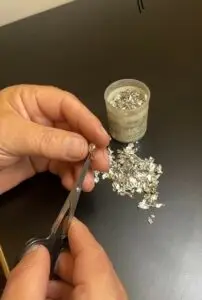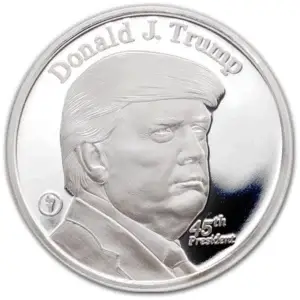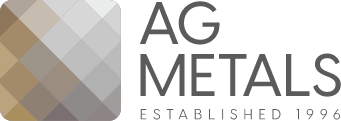 𝐆𝐨𝐥𝐝 𝐚𝐧𝐝 𝐝𝐢𝐚𝐦𝐨𝐧𝐝𝐬 𝐠𝐨 𝐭𝐨𝐠𝐞𝐭𝐡𝐞𝐫, and we value both by Karat or Carat.
𝐆𝐨𝐥𝐝 𝐚𝐧𝐝 𝐝𝐢𝐚𝐦𝐨𝐧𝐝𝐬 𝐠𝐨 𝐭𝐨𝐠𝐞𝐭𝐡𝐞𝐫, and we value both by Karat or Carat.
Karat with a "K" refers to gold content in the alloy.
1 K = 1/24 = 4.166%
Carat with a "C" refers to the weight of the diamond (and the volume).
1 C = 0.2 gram.
Watch our video on youtbe
Brief explanation of the history of the carat weight unit:
The carat, often abbreviated as “ct,” is a unit of mass used to measure gemstones and pearls. Its history dates back over two millennia, originating from ancient civilizations’ methods of weighing precious stones.
The term “carat” is believed to have derived from the carob seeds used as counterweights on balance scales by ancient traders in the Middle East. These seeds were known for their consistent weight, making them ideal for measuring precious stones.
The carat’s precise origin is uncertain, but historical records suggest that it was standardized during the Roman Empire. The Roman carat, equivalent to approximately 0.2 grams, was likely based on the weight of a carob seed.
Over time, the carat’s weight varied across different regions and cultures. However, the concept of using a standardized unit for measuring gemstones persisted, facilitating trade and commerce in the ancient world.
In the early 20th century, the carat was officially standardized as 200 milligrams (0.2 grams) internationally. This standardization ensured consistency in the measurement of gemstones and pearls, regardless of geographical location or cultural practices.
Today, the carat remains the universally accepted unit of mass for gemstones and pearls. It provides a precise measurement that is essential for assessing their quality, value, and pricing in the jewelry industry.
In summary, the carat weight unit has a rich history spanning thousands of years, originating from ancient trading practices and evolving into a standardized measurement used worldwide for gemstones and pearls.
The history of the karat unit for the gold standard:
The karat, often abbreviated as “k” or “kt,” is a unit of purity used to measure the fineness of gold. Its history can be traced back to ancient civilizations that valued and traded gold for its beauty and rarity.
The origin of the term “karat” is believed to have roots in ancient Mesopotamia and Egypt, where gold was first mined and used in jewelry and decorative arts. The word “karat” is thought to have derived from the Greek word “keration,” meaning a small horn or seedpod.
Early goldsmiths and artisans developed methods to determine the purity of gold by alloying it with other metals such as silver, copper, or zinc. This process helped create gold alloys of varying colors and hardness suitable for different applications.
The karat system gradually evolved as a way to express the purity of gold in parts per 24. For example, pure gold is considered 24 karats, meaning it is 100% gold. Therefore, 18 karat gold is composed of 18 parts gold and 6 parts of other metals, making it 75% pure.
Throughout history, different regions and cultures adopted their own standards for measuring gold purity. However, the karat system gained widespread acceptance due to its simplicity and practicality in expressing gold fineness.
In the modern era, the karat system has become the standard method for indicating the purity of gold jewelry and bullion worldwide. It provides consumers with a clear understanding of the gold content in their purchases and plays a crucial role in determining the value and quality of gold products.
In summary, the history of the karat unit for the gold standard is rooted in ancient civilizations’ methods of assessing gold purity. Over time, the karat system has evolved into a universally recognized standard for measuring the fineness of gold, shaping the global gold industry as we know it today.






President Trump 1 Oz Silver Round
Donald Trump: 45th President, Now Available in Beautiful .999 Pure Silver Donald Trump will go down as one of the most iconic presidents in American

